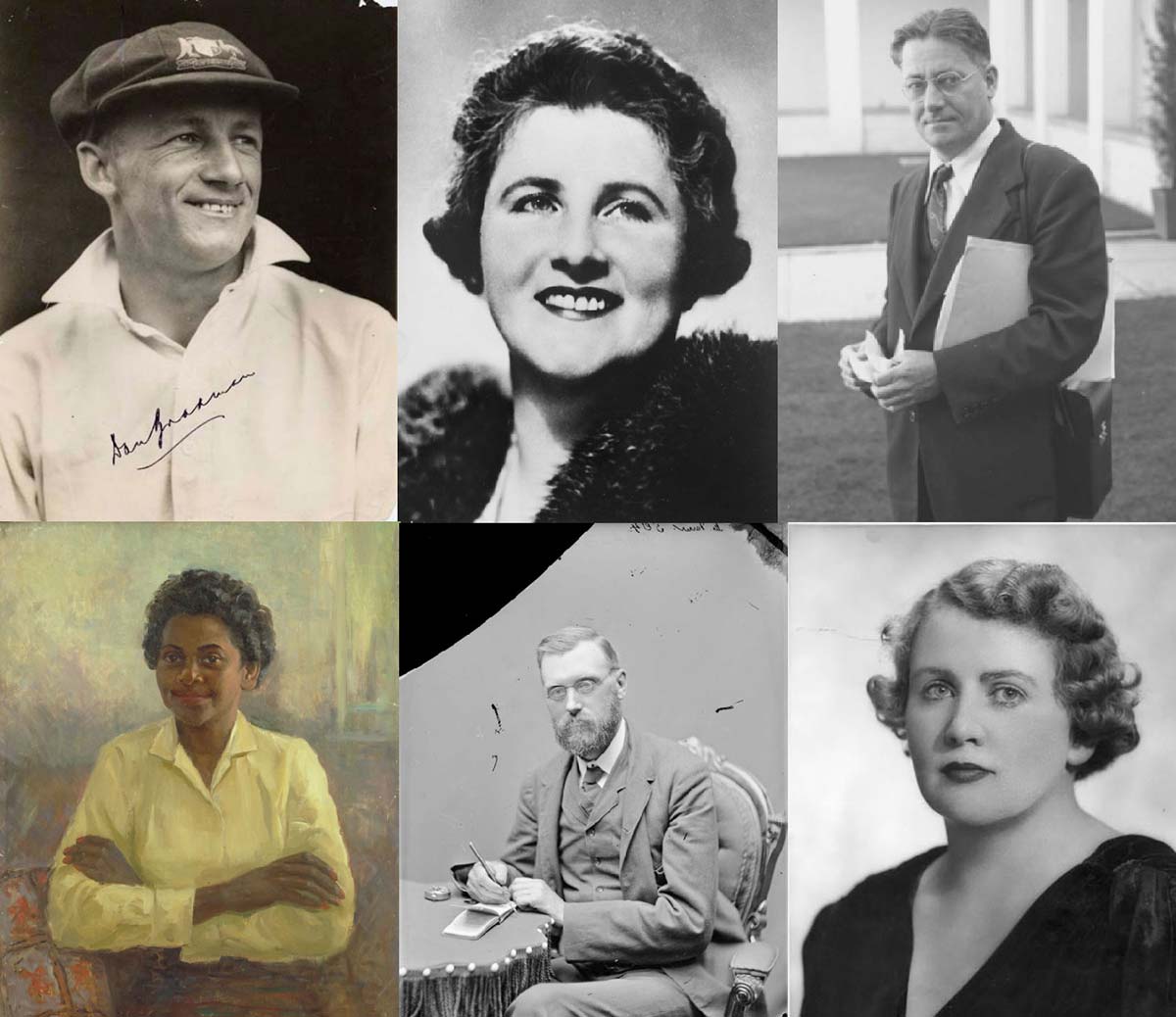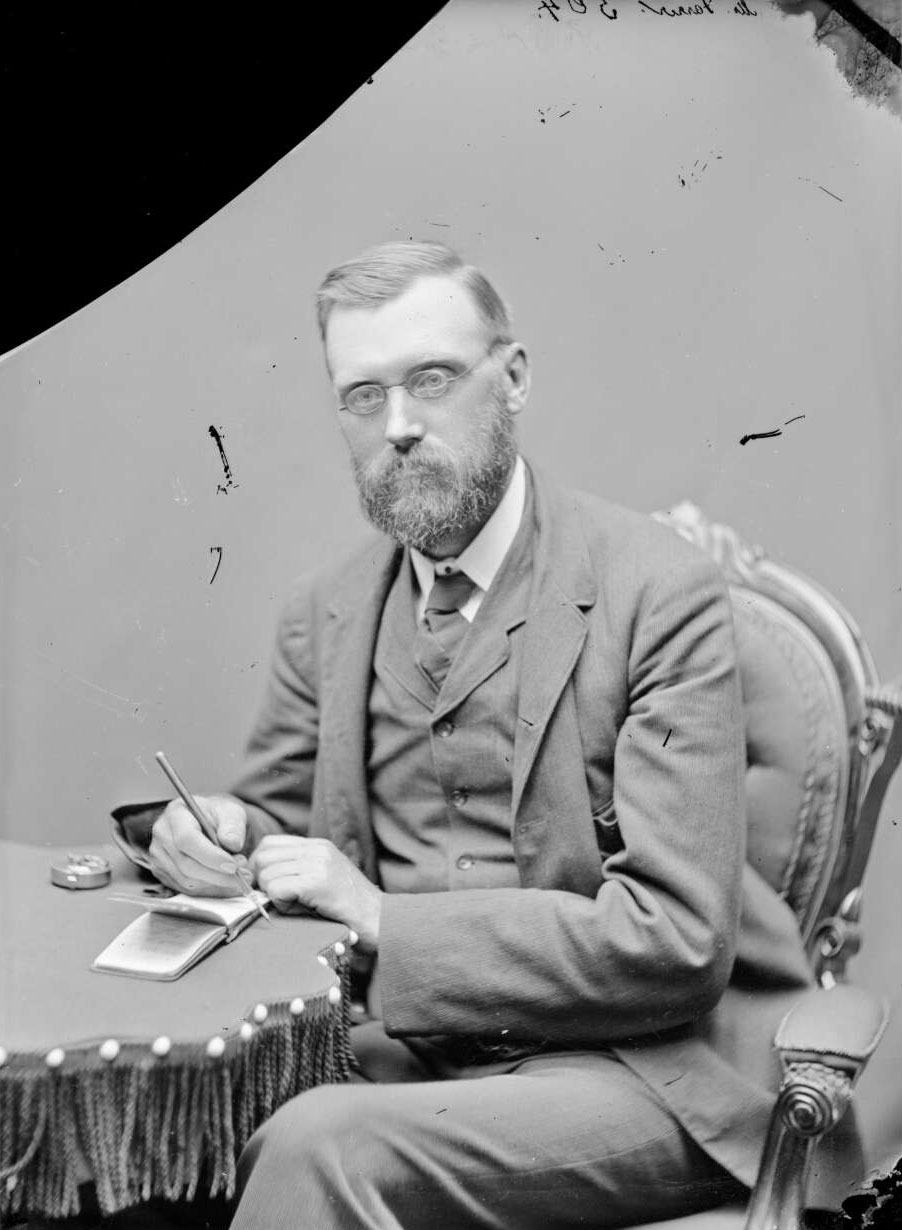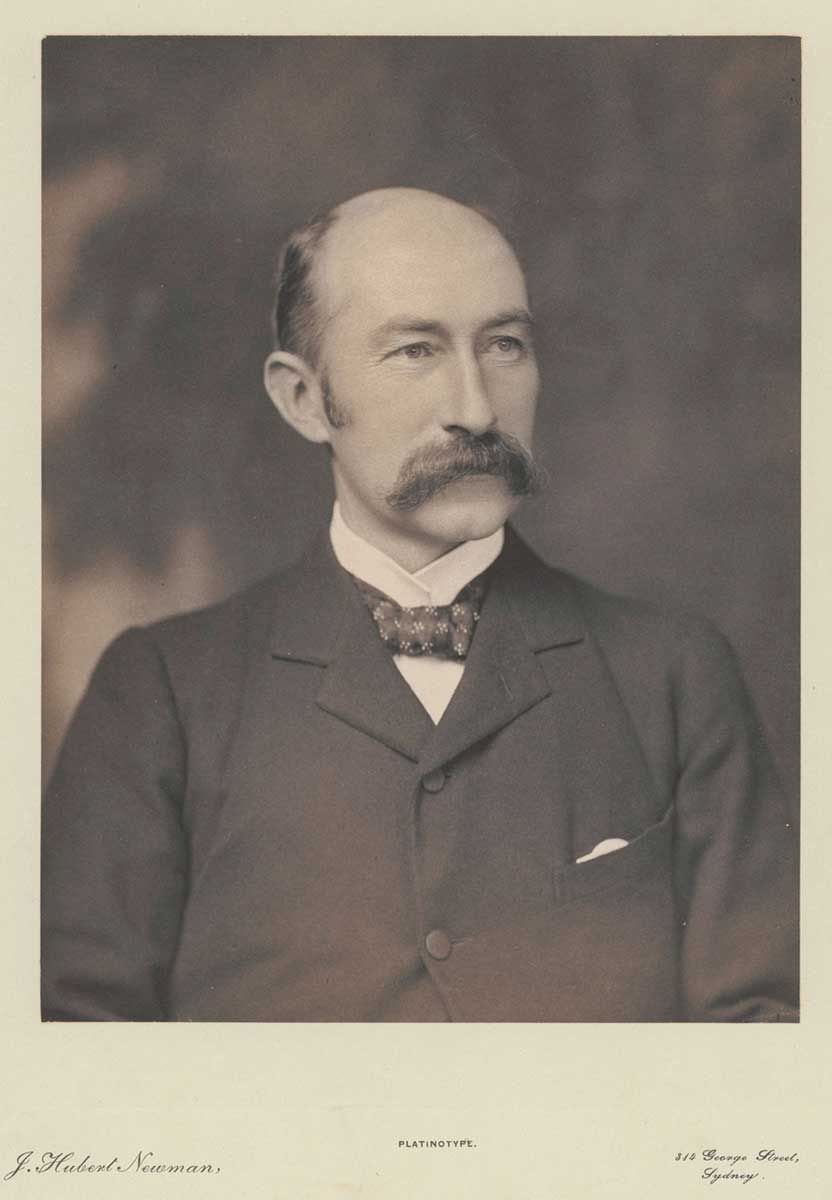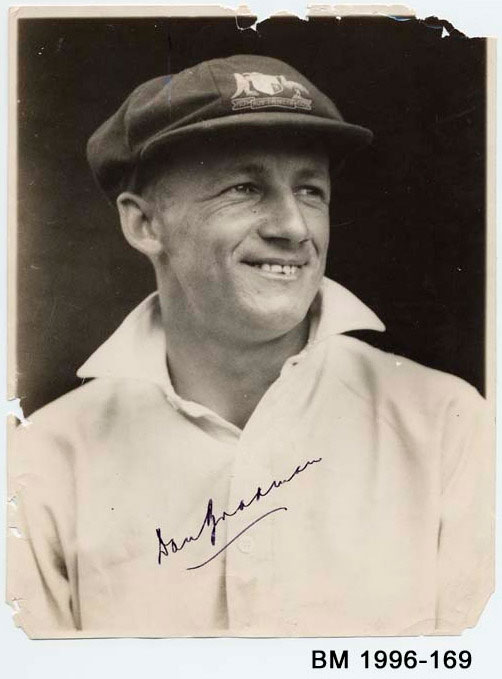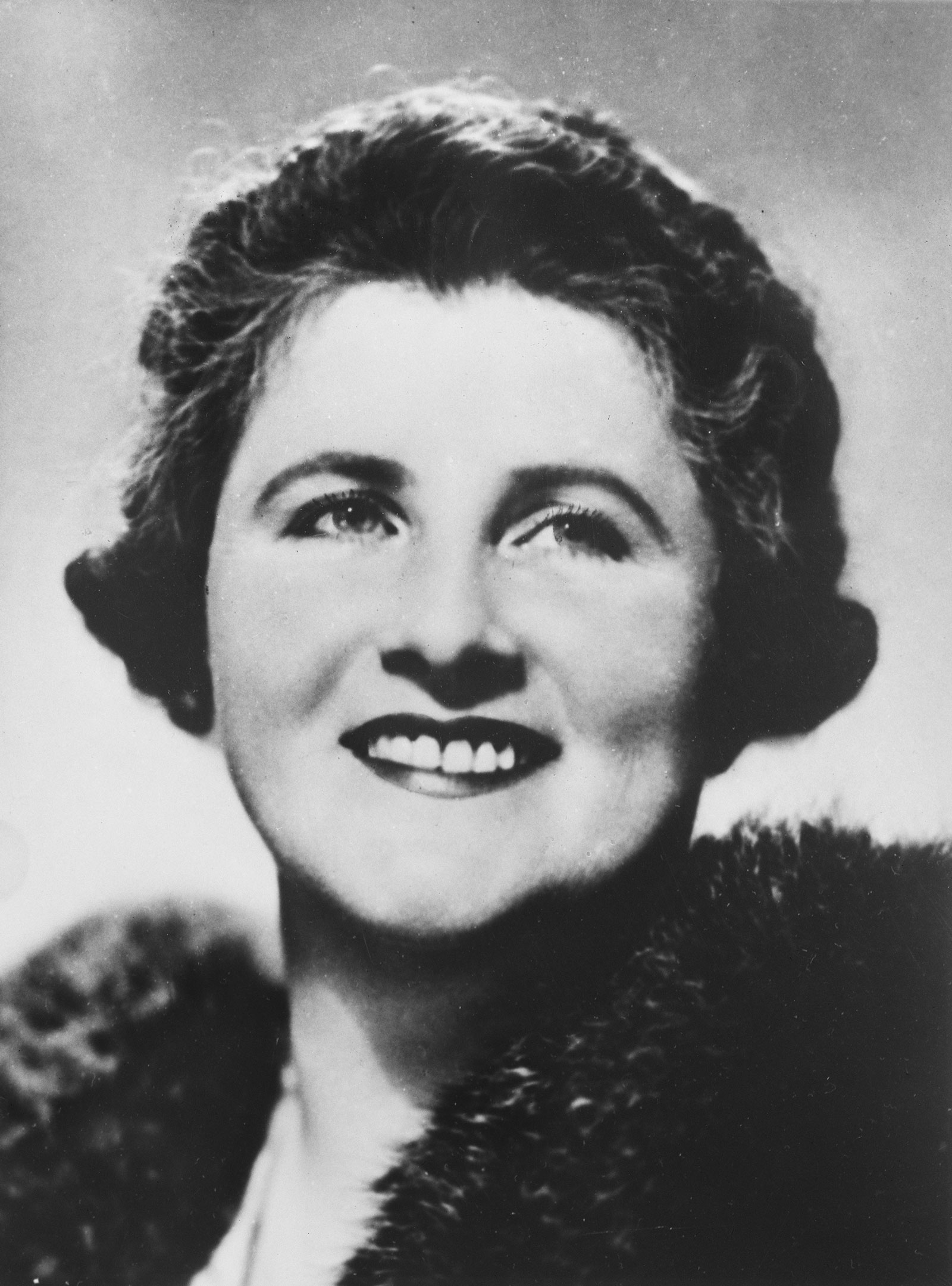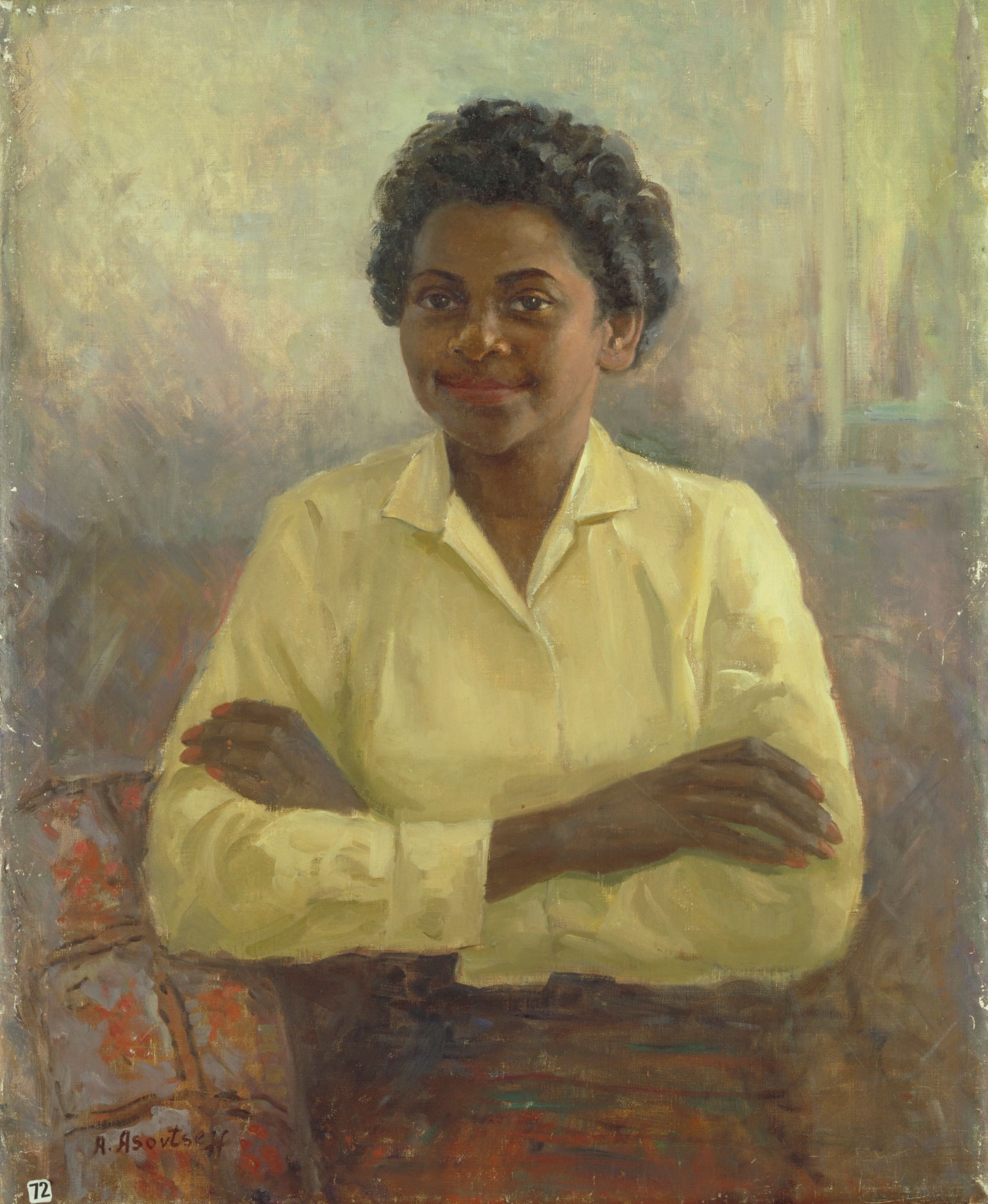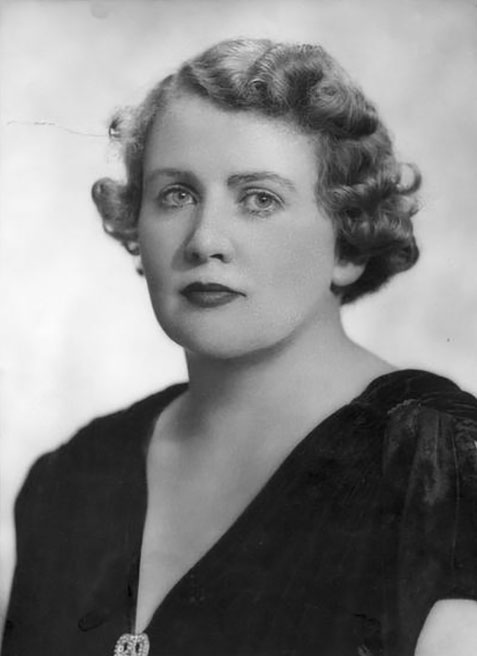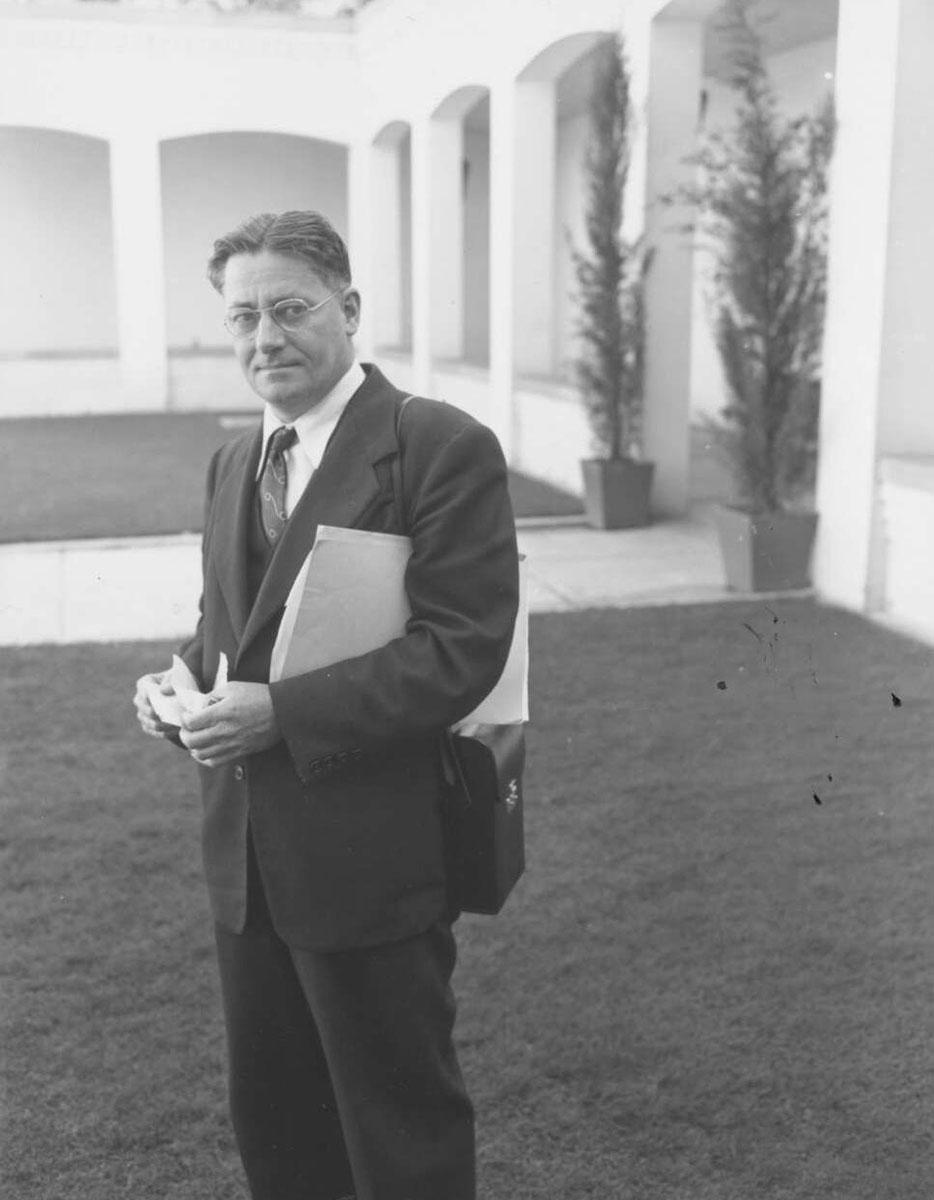Learning module:
Australia since Federation Defining Moments, 1901–present
Investigation 5: Significant people
5.5 1943 Dorothy Tangney and Enid Lyons: First women in Federal Parliament
Based on the Defining Moment in Australian history: 1943 ‘A turning point in history’ — First women in Federal Parliament
Imagine that you are someone who believes that things need to be changed in society. They need to be made better. The way to do this is to be elected to parliament. However you know that if you stand for election you will be verbally abused and criticised, and some people will make very hurtful comments about you.
Do you try to be elected to parliament or do you protect yourself?
This was the situation faced by Dorothy Tangney and Enid Lyons in 1943. What did they do?
Read the information below and use it to answer the Significant people in Australian history questions at the bottom.
Dorothy Tangney and Enid Lyons information file
In 1903 the first woman ran for election in the Australian Parliament but was not successful. In the years before the Second World War no female candidates were supported by Australia’s major political parties and they had to run for election independently. But no woman won enough votes to be elected.
This changed in 1943 when Australia’s first female representatives were elected and entered the Australian Parliament.
Enid Lyons
Enid Burnell was born in Tasmania 1897. She became a teacher and married Joseph Lyons in 1915. They had 12 children. Joseph was a state politician, and later a federal politician, and Enid helped him in his political career. Joseph became Prime Minister in 1932, and died in 1939. Enid was very popular in her state of Tasmania, and stood for election in 1943 with the support of the main party, the United Australia Party. She was elected to the House of Representatives. She was active in parliament, and supported many ideas to improve the position of disadvantaged women in society. She retired from parliament in 1951. She was made a Dame in 1980 (the equivalent of a ‘Sir’ for men) and died in 1981.
Dorothy Tangney
Dorothy Tangney was born in Perth in 1907. She became a teacher and was active in politics. She saw much poverty in society during the Depression period, when she worked for the welfare of the disadvantaged and unemployed. She stood unsuccessfully several times for Western Australian Parliament and in 1940 for national parliament. In 1943 she was elected to the Senate, supported by the Australian Labor Party, and worked for many social welfare reforms. She lost the election in 1968. She was made a Dame in 1968 and died in 1985.
Both women were successful politicians and helped change views about the ability of women to be successful political representatives for their societies.
Significant people in Australian history
1. Who was the person?
2. When did they live?
3. Where did they live?
4. What did they do?
5. Why did they do this?
6. What problems did they have to overcome to succeed?
7. What happened to the person?
8. What was the outcome or effect of what they did?
9. What qualities did this person have?
10. Why was this person significant or important in Australian history?
11. If you could meet this person and ask them three questions, what would they be?
12. If you were advising the National Museum of Australia on an object that it could display to help tell their story, what would you suggest? You can see what objects the Museum has using the National Museum of Australia Collection Explorer.






